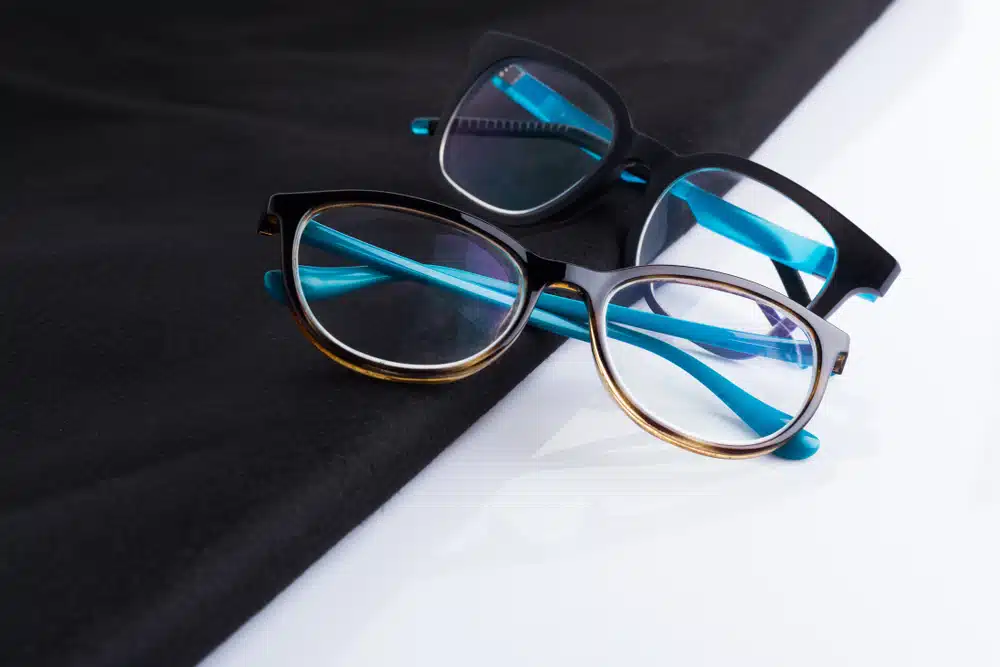Looking for a multi-vision lens but don’t know where to start? When you face the decision between progressive and bifocal lenses, it’s not always easy deciding which is right for you. To help you on your mission, we’ve put together this simple guide to outline the difference between the two and how to select the best one for your needs.
Contents
What are Progressive Lenses?
Progressive lenses are considered as “no-line bifocals” because they can allow for multiple levels of vision. The top portion of the lens is designed for distance, and then gradually as you look downward, it corrects intermediate and near-sighted vision as well. You get a smooth transition between each level. What makes these popular is that the intermediate level allows you to focus at any distance, which is especially useful when working on a computer.
What are Bifocals?
A bifocal lens, on the other hand, has two separate viewing areas of vision correction – one for long distance and one for closer vision. The fields are divided by a distinct horizontal line that sits across the lens. The benefit associated with bifocals is that you can fit two separate prescriptions into one single lens.
Which One Is Better?
Progressive lenses were developed on the basis of bifocal vision and to help eliminate the abrupt adjustment between the top and bottom correction. But compared to bifocals, progressive lenses can take some time getting used to with the gradient style lens. This is why many people have not transitioned yet to the technology. Progressive lenses do, however, come closest to imitating one’s natural vision and can reduce vision adjustment issues commonly experienced with bifocals. Their superior vision quality, improved functionality, and versatility have resulted in progressive lenses becoming more popular over time.
Which Style Is Right For Me?
One can argue that progressive lenses are only suited to larger lenses, where smaller ones would limit the reading portion of the glasses. If lens size isn’t a factor, we recommend trying progressive lenses first and switching to bifocal lenses if you struggle with the gradient. Regardless of their differences, both are excellent options for providing practical and comfortable vision correction.
If you’re looking for new lenses, visit us at visit us at Laurier Optical. Our professional opticians can recommend a customized lens tailored to your specific needs. Not only that, we’ll make sure you get the best value for the style you want.
